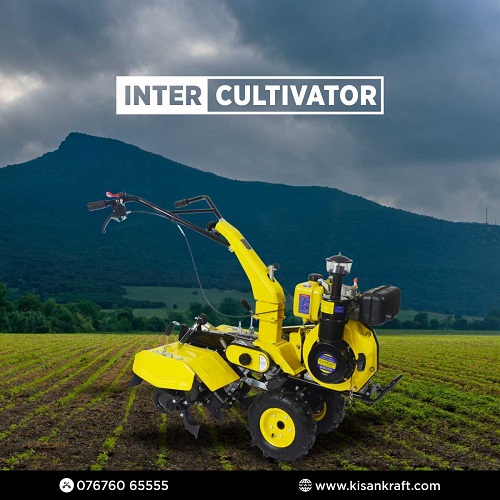Sustained Food Production Under Changing Climatic Conditions
Global food production must match the demands of over 7 billion people. The challenge is not only to provide enough quantity of food, but also to ensure quality food is accessible to everyone. An abundance of wealth, time and energy has been spent on improving the yield of food crops inherently. However, yield doesn’t just depend on the genetic potential but is also influenced by various other external factors like drought, flood, temperature variations, soil micro-environment and availability of nutrients.
Variations in the climatic conditions have a lasting effect on agriculture. Recent studies have indicated that one-third of global crop yield was lost due to such climatic variations. Although it is difficult to nullify the impact of climate variation on agriculture, it is possible to minimize the detrimental effects by following.
Data recording
Many breakthroughs and efforts have been made by scientists to understand the effect of climatic variations in yield despite the major lack of data. The collection of data on variations in climatic factors like temperature, humidity, amount of rainfall etc. will help in developing crop loss models in an efficient way. Comparing the quality of data that is collected globally against that of what is collected closer to home, is also a concern. To produce a better model, we need to keep the quality of the collected data to international standards.
Forecast based farming
There is a need to develop systems that can efficiently predict the variations in the climate at local level. Once the predictions are available, farming should be done based on the forecast conditions. This will result in a decrease of losses that stem from extreme changes in the climate in a given cropping season. For example, in the event of a forecast of reduced rainfall in a region, cultivation of water demanding crops like traditional rice should be avoided and drought resistant hardy crops like millets should be cultivated in order to keep the food production at the expected level.
Climate resilient varieties
Another way to overcome the effect of climate variations is to produce varieties that will adapt to the changing climate. Agriculture’s scientific fraternity was successful in developing varieties that are resistant to single factors like drought resistant or cold tolerance etc. Although, at the present, there is a need to develop varieties that have combined characteristics. For example, characters like drought tolerance must be combined with high temperature tolerance, where a variety can withstand both drought and higher temperature for a considerable period. Breeding programs now must target to develop varieties that can adapt under extreme conditions.
Protected cultivation with precision farming techniques
Cultivating crops inside a protected structure like green house or poly houses would reduce the impact of changes in external conditions. Most of the external factors are controlled inside these structures and hence crops are not exposed to sudden changes in the environment. Precision farming practices would avoid the unnecessary use of chemicals in agriculture. Mechanization of practices such as pest control and fertilization can reduce the wastage and harmful effects of the chemicals. Excessive use of chemicals adversely affects food production.
Package of practice
Farming should be considered science. Ploughing at the right time, sowing in the right season, applying fertilizers at right time, quantity and form, judicious use of protection chemicals, inter-cultivation operations etc. are crucial parts of successful farming. When climatic conditions change, crops need changes too. A change in climate can lead to other changes such as different pests and diseases attacking crops. It should hence be understood that farming practices also must be adjusted along with the changing climate to achieve better yields. It is important to follow the package of practices, which are usually recommended specifically for a locality.
Last but not the least, the agricultural contribution for global warming must be significantly reduced. For example, cultivating rice under flooded condition leads to the production of greenhouse gases (GHGs) like methane. This is a major factor contributing to global warming which in turn affects the food production. Hence, such practices should be avoided. Some of the cultivation methods of rice like aerobic rice or direct seeded rice would not involve standing water and hence reduces the amount of GHGs produced due to agriculture. Many public and private sector entities have already developed varieties suitable for these methods. Utilization of such varieties along with the improved methods would definitely reduce the agricultural contribution for global warming.
Global climate change is inevitable and a continuous process. It is evident that it affects the food production. To pace the food production with the growing demand, farming must become more scientific and logic oriented. Efficient forecast systems followed by precision farming practices using most adaptive crop varieties would lead to better food production under constantly changing climatic conditions.



